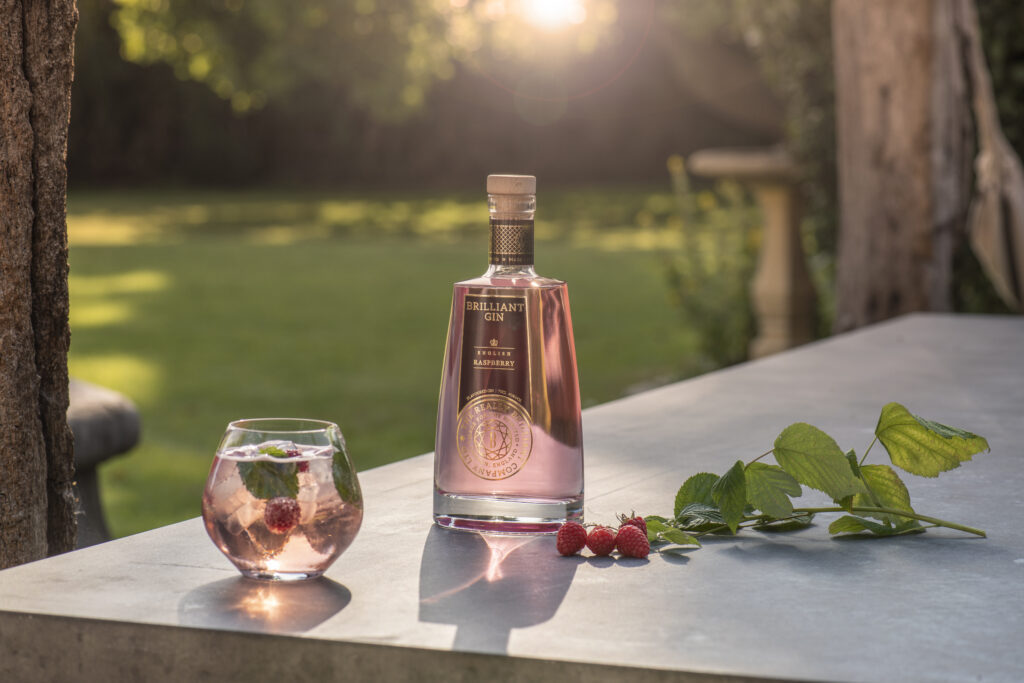The journey, or history of gin, infamously known as ‘Mother’s Ruin’, begins in the 16th Century. The Dutch pioneered a medicinal alcohol named ‘Genever’, using juniper as its primary ingredient. It was consumed by Dutch troops for its perceived ability to bolster courage, a concept later termed ‘Dutch Courage’. English soldiers, observing this, adopted the practice, believing it enhanced their bravery in battle.
The 17th century saw the ‘Gin Craze’ sweep across England. This surge was significantly influenced by the 1690 Distillers Act enacted by King William III. The act permitted public alcohol production at home and limited the importation of Brandy and wine, thus creating a fertile ground for gin production. The popularity of gin, especially among the lower classes, was attributed to the lack of safe drinking water and the prohibitive cost of beer. This period marked the transition of gin from a medicinal spirit to a widely consumed beverage.
By the 1730s, the impact of gin on London’s society was evident. The number of gin shops exceeded 7000, which was roughly one in every three public houses. The average annual consumption reached an alarming 14 gallons per person. The gin available at this time, often consumed in excess, was potent and damaging. The societal implications were severe, with increased instances of crime, mental health issues, and a decline in public order. The practice of women drinking in gin joints alongside men led to societal concerns over maternal responsibilities and contributed to the term ‘Mother’s Ruin’.
The government’s response to the gin crisis came in the form of the 1736 Gin Act, which imposed heavy taxes and stringent licensing requirements on gin sales. However, this act inadvertently led to an increase in illicit gin production. The bootlegged gin was often dangerously adulterated with harmful substances like turpentine and sulphuric acid. The situation only began to improve with the 1751 Gin Act, influenced by the economic changes and the powerful societal commentary from William Hogarth’s ‘Gin Lane’. This act, along with the shifting economic landscape, marked the beginning of the end of the Gin Craze.
Summersday, Spinney Lane, Itchenor, Chichester, West Sussex, PO20 7DJ
T: +44 (0) 1243 513810
Email: brilliant@brilliantgin.co.uk
Sign up today to get monthly gin recipes to your inbox and get 3 free today
Thats not all!
Every Gin Club member gets a 10% discount on our three fabulous Gins
